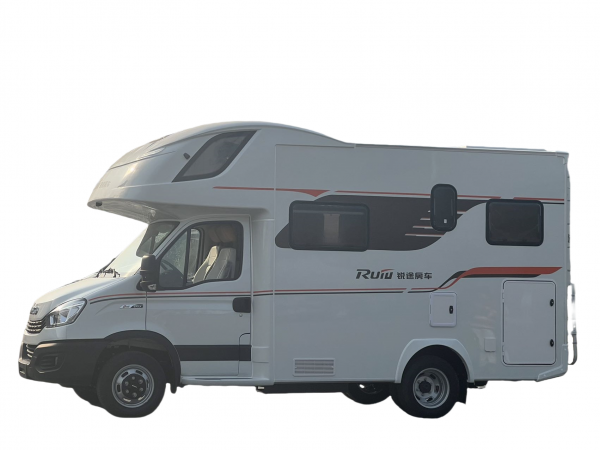Introduction
In the fast-paced world of logistics, efficiency and productivity are key factors that determine success. The ability to quickly and safely load and unload heavy cargo plays a critical role in ensuring smooth operations and timely deliveries. Truck mounted cranes have emerged as a valuable tool in the logistics industry, offering a versatile solution for lifting and moving heavy loads with ease. In this article, we will explore the benefits and applications of truck mounted cranes in logistics, highlighting how they can enhance efficiency and streamline operations.
Overview of Truck Mounted Cranes
Truck mounted cranes, also known as boom trucks or mobile cranes, are specialized vehicles equipped with a hydraulic crane mounted on a truck chassis. These cranes are designed to provide lifting capabilities for a wide range of applications, including construction, transportation, and logistics. By combining the mobility of a truck with the lifting power of a crane, truck mounted cranes offer a versatile and cost-effective solution for handling heavy loads in various settings.
Key Features and Components
Truck mounted cranes come in a variety of sizes and configurations to suit different lifting requirements. Key features and components of a typical truck mounted crane include:
1. Crane Boom: The crane boom is the main lifting component of the truck mounted crane, typically made of high-strength steel for durability and stability. The boom can be telescopic or knuckle-boom, allowing for different reach and lifting capacities.
2. Hydraulic System: The hydraulic system powers the crane's lifting and extension functions, providing precise control over the movement of the boom. Hydraulic systems ensure smooth and efficient operation of the crane.
3. Truck Chassis: The truck chassis provides the mobility and support for the crane, allowing it to be driven to different job sites. The chassis is designed to be sturdy and stable to support the weight of the crane and the load being lifted.
4. Controls: Truck mounted cranes are equipped with intuitive controls that allow the operator to manipulate the crane's movements with precision. Control systems may include joysticks, levers, or remote control options for enhanced safety and convenience.
Benefits of Truck Mounted Cranes in Logistics
Truck mounted cranes offer several benefits that make them well-suited for logistics operations:
1. Versatility: Truck mounted cranes can be easily transported to different job sites, making them versatile for a range of logistics tasks, such as loading and unloading cargo from trucks and containers.
2. Efficiency: Truck mounted cranes can significantly reduce the time and labor required for lifting heavy loads, leading to improved efficiency and productivity in logistics operations.
3. Space Saving: Truck mounted cranes take up minimal space compared to traditional stationary cranes, making them ideal for tight or confined work areas where space is limited.
4. Cost-Effective: Investing in a truck mounted crane can be a cost-effective solution for logistics companies, as it eliminates the need to rent or outsource crane services for lifting operations.
Applications of Truck Mounted Cranes in Logistics

Truck mounted cranes find wide applications in various logistics scenarios, including:
1. Loading and Unloading Trucks: Truck mounted cranes are commonly used to load and unload cargo from trucks and trailers, streamlining the logistics process and reducing turnaround times.
2. Container Handling: Truck mounted cranes are ideal for handling containers at ports and warehouses, facilitating the efficient transfer of goods between trucks and storage areas.
3. Construction Materials Handling: Truck mounted cranes are used to lift and move heavy construction materials, such as steel beams, prefabricated components, and machinery, on construction sites.
4. Emergency Response: Truck mounted cranes are deployed in emergency situations, such as vehicle accidents or natural disasters, to assist in lifting and moving debris or vehicles to clear roads and restore access.
Safety Considerations
While truck mounted cranes offer numerous benefits, safety is paramount when operating these machines in logistics settings. Some key safety considerations include:
1. https://www.worktruckmaker.com/the-ultimate-guide-to-box-trucks-uses-benefits-and-how-to-choose-the-right-one/ : Operators should receive proper training and certification to operate truck mounted cranes safely and effectively. Training should cover crane operation, load capacity limits, and safety protocols.
2. Inspections and Maintenance: Regular inspections and maintenance of the crane and truck chassis are essential to ensure safe operation. Any signs of wear, damage, or malfunction should be promptly addressed by qualified technicians.
3. Load Capacity Limits: Operators must adhere to the crane's load capacity limits to prevent overloading, which can lead to instability and accidents. Load weight should be carefully calculated and verified before lifting operations.
4. Site Conditions: Operators should assess the site conditions, including ground stability, overhead obstructions, and proximity to power lines, before deploying the crane to ensure a safe working environment.
Conclusion
Truck mounted cranes have become indispensable tools in the logistics industry, offering a versatile and efficient solution for lifting and moving heavy loads. By combining the mobility of a truck with the lifting power of a crane, truck mounted cranes enhance efficiency, productivity, and safety in logistics operations. With their wide range of applications and benefits, truck mounted cranes are poised to play a key role in shaping the future of logistics and transportation.
In conclusion, the integration of truck mounted cranes into logistics operations represents a significant advancement in the field, providing a reliable and cost-effective solution for handling heavy loads with ease. As the demand for efficient and sustainable logistics solutions continues to grow, truck mounted cranes are well-positioned to meet the evolving needs of the industry and drive innovation in the delivery of goods and services.
